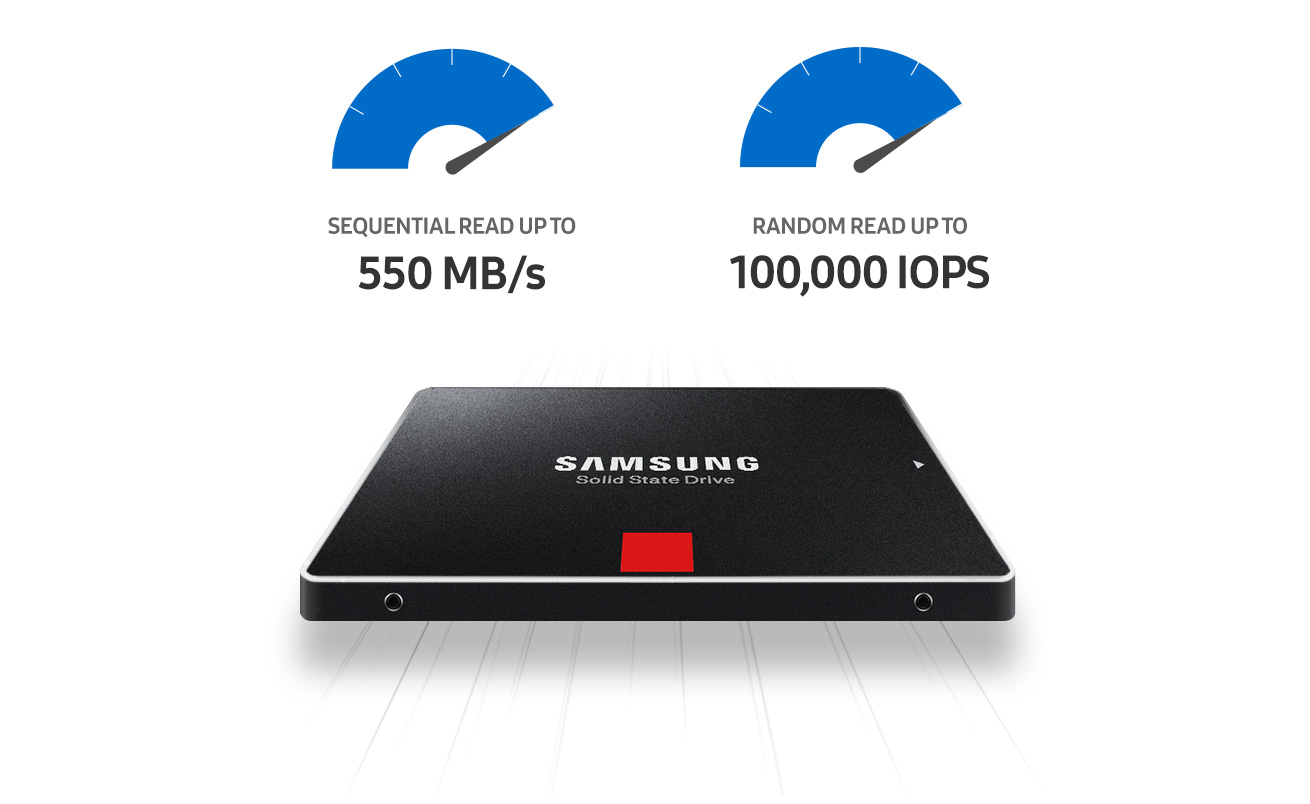NAND Shortage Delays Samsung 850 Pro 4TB
In the months leading up to CES, we spotted a press document that listed Samsung's award winners for the show. Among the various consumer electronics products stood the 850 Pro 4TB as the only SSD we didn't already know about. The MLC large-capacity prosumer model has long been rumored since the release of the 850 EVO 4TB with 3-bit per cell V-NAND flash technology. Well, CES came and went, but the 850 Pro 4TB never materialized. We reached out to Samsung for comment and received a reply.
Speaking through Allison+Partners, Samsung's North American PR agency, we received this response:
“As a result of the worldwide NAND shortage, Samsung is focused on allocating NAND to products where we see the greatest demand. We will let you know when further updates on the 850 PRO 4TB are available.”
On the surface, the response is exactly what we expected from the world's largest SSD manufacturer, but we quickly realized its true value. This is the first confirmation of a retail SSD release that has been delayed due to the NAND shortage. Several recent products have come to market in short supply, like the 960 Series, but none have been pushed completely off the shelf, as far as we know.
Rumor has it the early 960 Series products destined for consumer shoppers were scooped up by datacenters. The series, the Pro model in particular, delivers exceptional performance and endurance for a consumer SSD and rivals many of the existing enterprise-focused models shipping today. There was a lingering suspicion that the low volume at Newegg and Amazon were a combination of datacenter purchasing and supply-side troubles.
NAND flash technology is a vital component in everything from automobiles to children's toys, but NAND's success may become its greatest enemy as companies work to increase production through brute force (new factories) and product development (increased bits per square inch). The demand has simply grown faster than the technology can sustain.
The NAND shortage is starting to disrupt other memory technologies as the vacuum increases. Some companies have shifted some planned DRAM production line expansion to NAND. Analysts predict a looming DRAM shortage for 2017. This timeline falls directly during the peak of the NAND shortage. We expect to see PC prices increase throughout the year and the secondary markets to fall victim to rising prices, too.
Get Tom's Hardware's best news and in-depth reviews, straight to your inbox.

Chris Ramseyer was a senior contributing editor for Tom's Hardware. He tested and reviewed consumer storage.
-
WFang Any data on mfg capacity expansion plans or schedules? A pronounced and prolonged shortage such as this ought to prompt a growth in capacity. I'm not sure what the delay is between signing construction contracts to an operational facility, but I would guess it is in the 2 to 4 year range for advanced semi conductor manufacturing.. That said, I would be surprised if such expanded plants were not already moving forward prior to the start of the shortage... but does anyone know how much new manufacturing capacity is expected to come online in 2017 and in 2018?Reply -
anbello262 A question for the people who have been watching the market trends for some years:Reply
After this shortage ends, do you think we can expect overproduction and lower prices, or it will just go "back to normal" at best? -
Would be great if they ramped up production, the market became saturated, and we would get sweet low prices. Remember when RAM was dirt cheap in 2011-2012? Good times.Reply
-
danlw If they do it right (from a business standpoint) prices should go back to the way they are, albeit with $/GB being lower. They will make a best guess at projecting where demand will be once the production comes online, and will try very hard not to oversupply the market lest a glut make prices fall so low that they end up taking a loss.Reply -
vern72 Sounds like a good opportunity for competitors to ramp up their production to fill in the void.Reply -
teamninja lol this is a worldwide shortage competitors will be in the same situation they too will all jack up prices... This happened once before with HDD shortage Prices went wayy up but back then SSD was still extremely expensive $/GB. Prices went back down too normal several Years later... So you can expect SSD prices too go Wayyy up HDD people are producing wayyy less thanks to SSD but now there is a shortage With Seagate and Toshiba in the Hot waters there will be Wayy less HDD so in hort HDD will prices will Also go up The bottleneck of the SSD price won't hinder the pricing as much. The company that will benefit from this the most would technically be WD since Western Digital owns HDD and SSD fabs WD would be swooping up the blank space created by Seagate and Toshiba for HDD. SSD price wise will too benefit WD(owns Sandisk) and Samsung since those two own the majority of the markets intel following close behind... HIGHER demand is expected and shortage you can expect the price too go up While the company has to produce less...Reply
